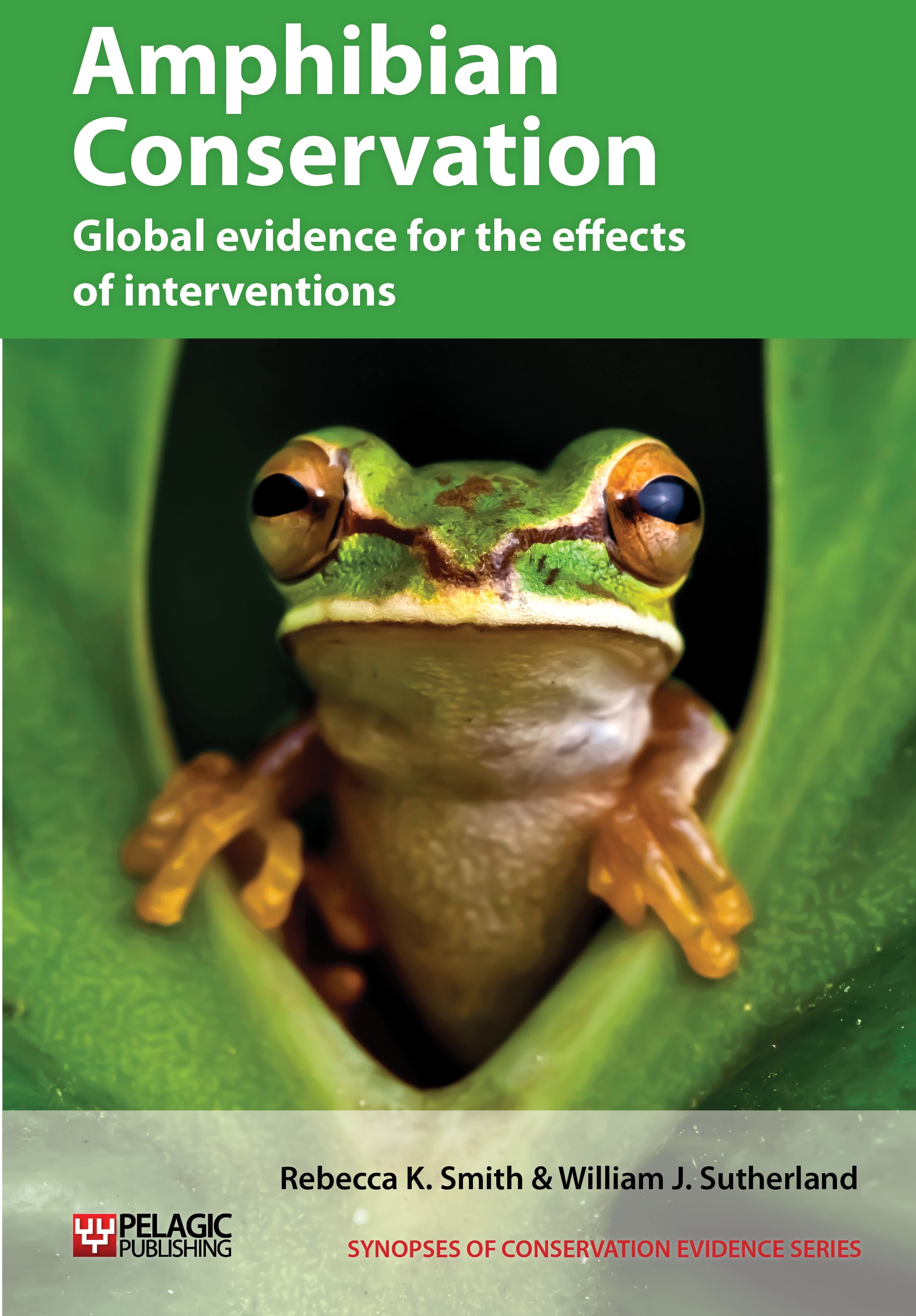Release captive-bred salamanders (including newts)
-
Overall effectiveness category Unknown effectiveness (limited evidence)
-
Number of studies: 1
View assessment score
Hide assessment score
How is the evidence assessed?
-
Effectiveness
70% -
Certainty
30% -
Harms
0%
Study locations
Supporting evidence from individual studies
A before-and-after study in 1994–2004 of created ponds in wet meadows in the Luhe valley, Germany (Kinne 2004) found that released captive-bred great crested newts Triturus cristatus and smooth newts Triturus vulgaris established stable breeding populations. Newts colonized new ponds within four years. By 2004, they bred in nine of 14 ponds, inhabited all terrestrial habitats (at low densities) and had moved up to 4 km away. Fourteen ponds and many small pools were created and planted with aquatic species, as well fish removal from existing ponds and terrestrial habitat management. Initially, 24 of each species were housed in indoor tanks. In following years, eggs were produced in an outdoor enclosure and then collected and transferred indoors for rearing. Sixty captive-bred great crested newt and 90 smooth newt larvae and juveniles were released into two created ponds annually. In 2000–2004, 5–10 adults were also released into the two ponds.
Study and other actions tested
Where has this evidence come from?
List of journals searched by synopsis
All the journals searched for all synopses
This Action forms part of the Action Synopsis:
Amphibian Conservation
Amphibian Conservation - Published 2014
Amphibian Synopsis





)_2023.JPG)














